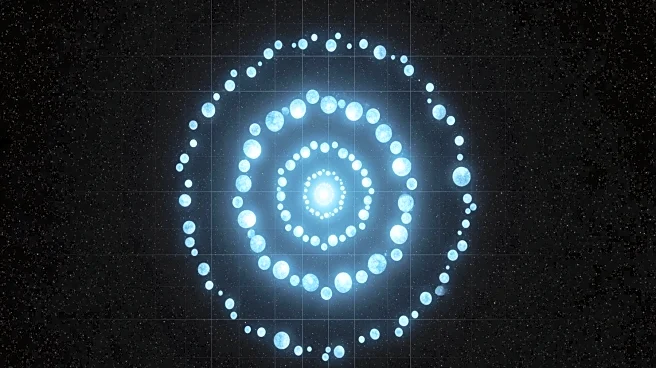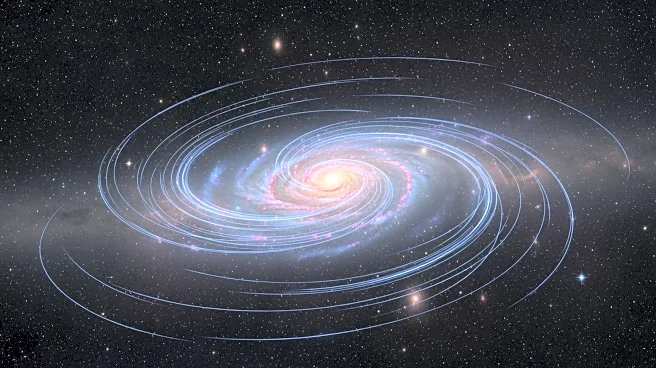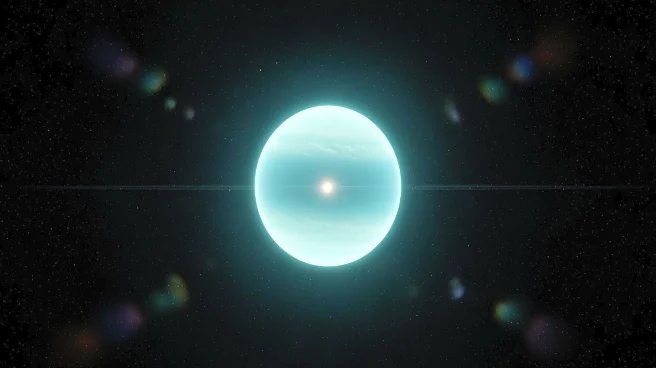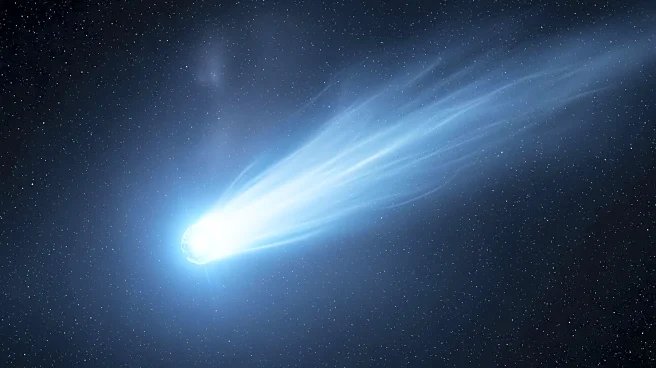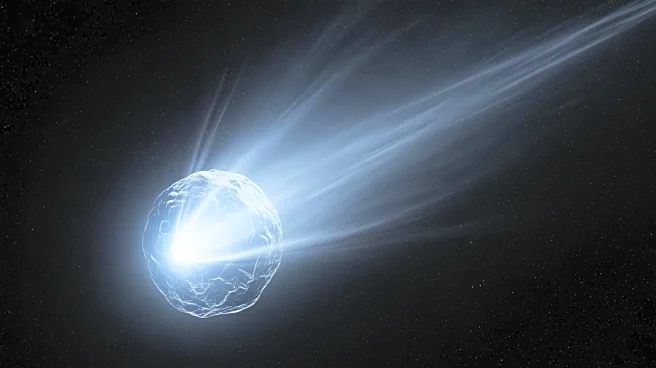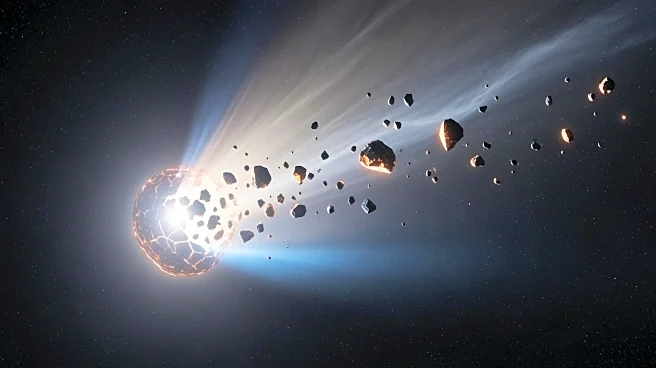What's Happening?
A new study has identified a potentially distinct structure within the Kuiper belt, a vast region of icy objects and small rocky bodies beyond Neptune's orbit. This discovery was made using a clustering
algorithm called Density-Based Spatial Clustering of Applications with Noise (DBSCAN). The algorithm analyzed the orbits of 1,650 classical Kuiper Belt Objects (KBOs) and identified a region known as the 'inner kernel,' located at about 43 astronomical units (AU) from the sun. This inner kernel appears to be separate from the previously known 'kernel,' a denser region within the Kuiper belt identified in 2011. The inner kernel is characterized by a narrower eccentricity distribution, suggesting it may be a distinct population. However, the distinction between the kernel and inner kernel is still uncertain, as it depends on the clustering parameters used in the analysis.
Why It's Important?
The discovery of the inner kernel could have significant implications for our understanding of the Kuiper belt and the formation of the solar system. If the inner kernel is indeed a separate structure, it may indicate a more complex history of the Kuiper belt than previously thought. This could lead to new insights into the processes that shaped the early solar system and the distribution of small bodies within it. The findings also demonstrate the potential of using advanced algorithms like DBSCAN to uncover hidden structures in astronomical data, which could be applied to other areas of space research.
What's Next?
Further data from the Vera C. Rubin Observatory and other upcoming surveys are expected to provide more clarity on the nature of the inner kernel and its relationship to the rest of the Kuiper belt. These observations will help determine whether the inner kernel is a distinct structure or part of a larger, more complex formation. The results could refine models of the Kuiper belt's evolution and contribute to a better understanding of the solar system's history.
